iPhone 14 review: small but mighty
The smallest iPhone 14 in the line-up brings moderate upgrades, so is this Apple upgrade worth considering?

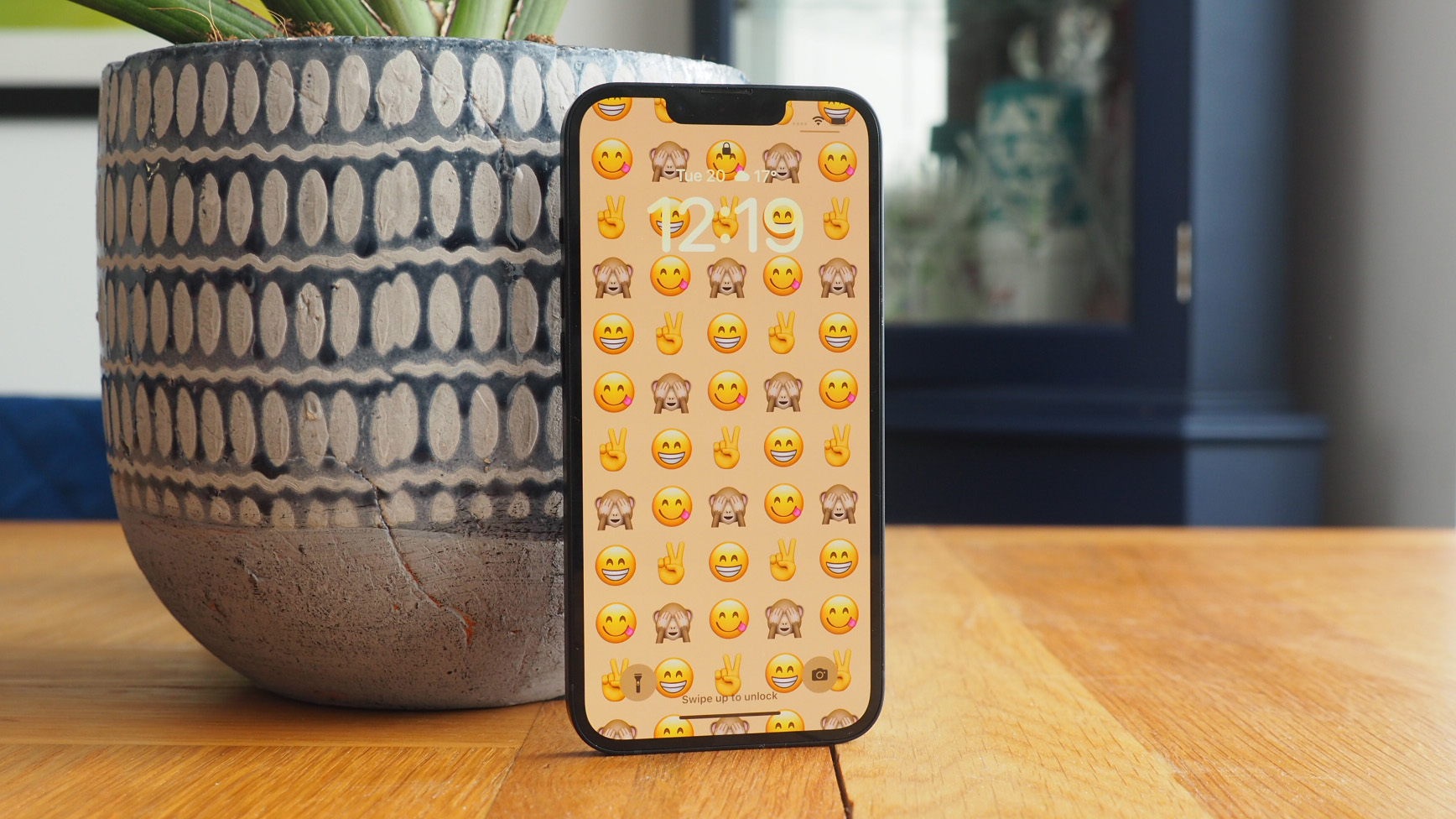
You might think of the iPhone 14 as the honorary 'iPhone 13S', as the upgrades over its predecessor – while certainly welcome – aren't major. That said, with shiny new iOS 16 software, a reliable and familiar build, and pretty much everything in its right place, this smaller-screen iPhone is still a mighty attractive prospect – although I, and I'm sure many others, will be more smitten by the prospect of the iPhone 14 Pro.
-
+
Reliable and familiar design
-
+
Easy-to-use and capable cameras system
-
+
6.1-inch screen ideal for many – and it looks great
-
-
Still has a notch
-
-
Not a major upgrade over iPhone 13
-
-
No ProMotion fast-refresh screen tech or always-on display
Why you can trust T3
To many an Apple fan the iPhone 14 could be seen as just an 'iPhone 13S' – because the design, screen and processor in both iPhone 14 and iPhone 13 are one and the same. That may well not be the most exciting opening gambit I could begin an iPhone 14 review with but, hey, that's the rub of it.
But that's not to say the iPhone 14 doesn't bring new stuff: its cameras (dual 12-megapixel shooters on the back) have been updated with new sensors and enhanced processing; its software, iOS 16, brings a bunch of new and exciting features (yes, I know, that'll also run on the iPhone 8 or later); and there are new SOS satellite and crash detection features that you don't get in earlier models.
As ever with the iPhone, I think it's all about familiarity: the iPhone 14 doesn't shake the tree too hard, it delivers on what's tried, tested and frankly loved by millions of people. For me, however, it's the appearance of the iPhone 14 Pro, with its new design and Dynamic Island, that's hard to ignore. So is there still room for the entry-level iPhone 14 model?
iPhone 14: Price and release date
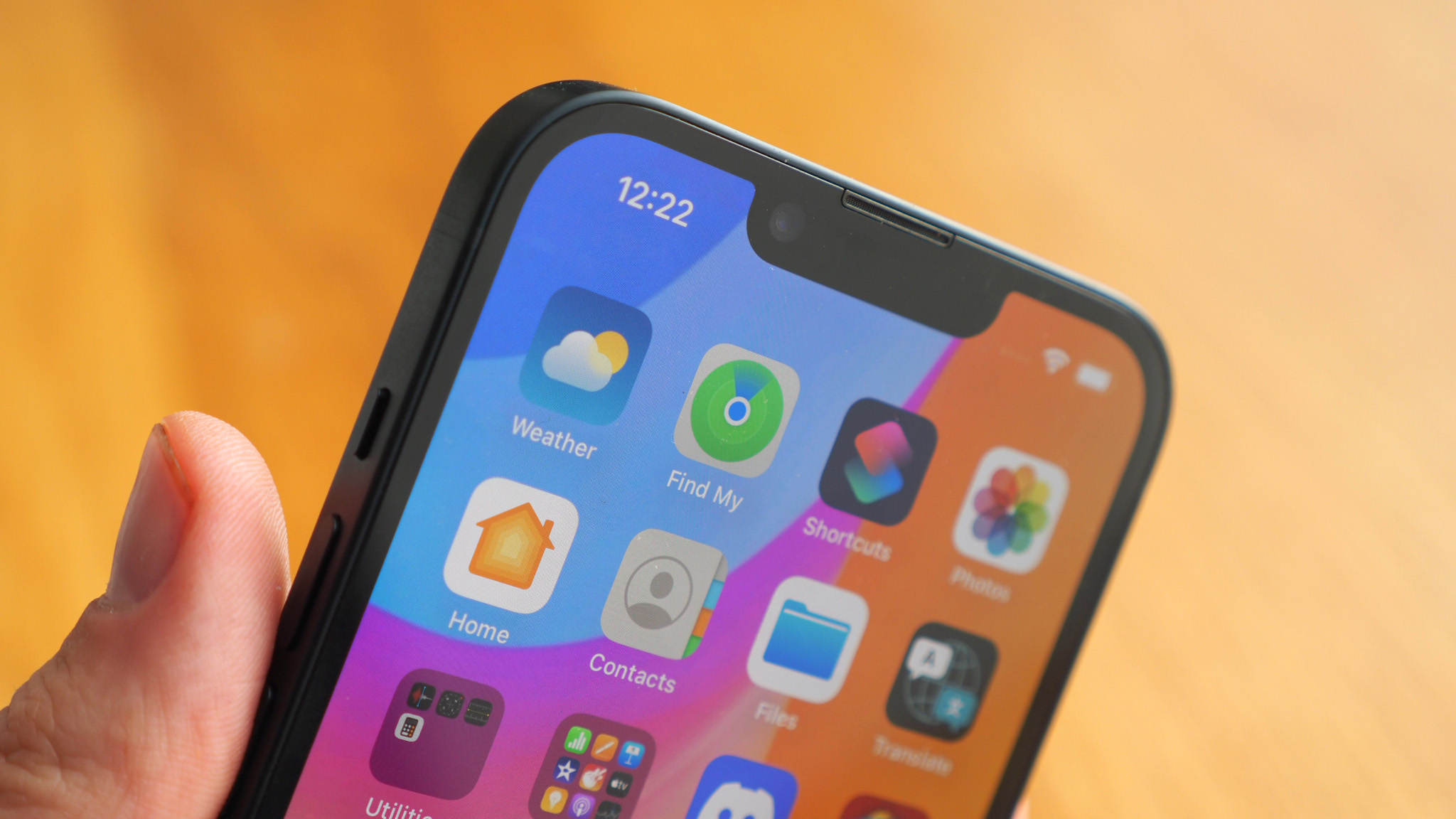
The iPhone 14 is available now, priced £849 in the UK for the 128GB model. You get a better deal in the USA, where it's $799, while in Australia expect to pay AU$1,339. The 256GB and 512GB models are invariably pricier.
However, that makes it the cheapest iPhone 14 of the bunch, behind the iPhone 14 Plus, iPhone 14 Pro and iPhone 14 Pro Max. But it's still very much a flagship price tag. There's no iPhone 14 Mini for this generation, as the smaller-screen iPhone model has been dropped.
iPhone 14 review: what's new?

While I've already summarised the main differences from generation to generation, the iPhone 14 does feature some additional updates. One of the more interesting, especially for US customers, is the step change in SIM: all iPhone 14 models support eSIM, but in the USA it's eSIM only (i.e. no physical card tray). I suspect that, come iPhone 15 o'clock, we'll be in an embedded-SIM era throughout the world. Fewer seams and openings will only look better, in my view.
Speaking of aesthetics: the iPhone 14's design is, well, a classic really. Yes, it's chunkier than the best Android phones, but it doesn't look any different to the iPhone 13. I suppose I shouldn't therefore mention it in the 'what's new?' section of this review, as it's tried and tested stuff, but it's well-made and refined.
Get all the latest news, reviews, deals and buying guides on gorgeous tech, home and active products from the T3 experts
One thing you can pretty much guarantee with each new iPhone iteration is the inclusion of a new colour. The iPhone 14 introduces Purple, which joins the Midnight, Starlight, Blue and special edition Product Red. I've got the Midnight finish for this review, which is classic iPhone; I would've really liked to see the new Purple or Blue really, but Apple is always going to sell more of the simpler black/silver finishes than anything else.
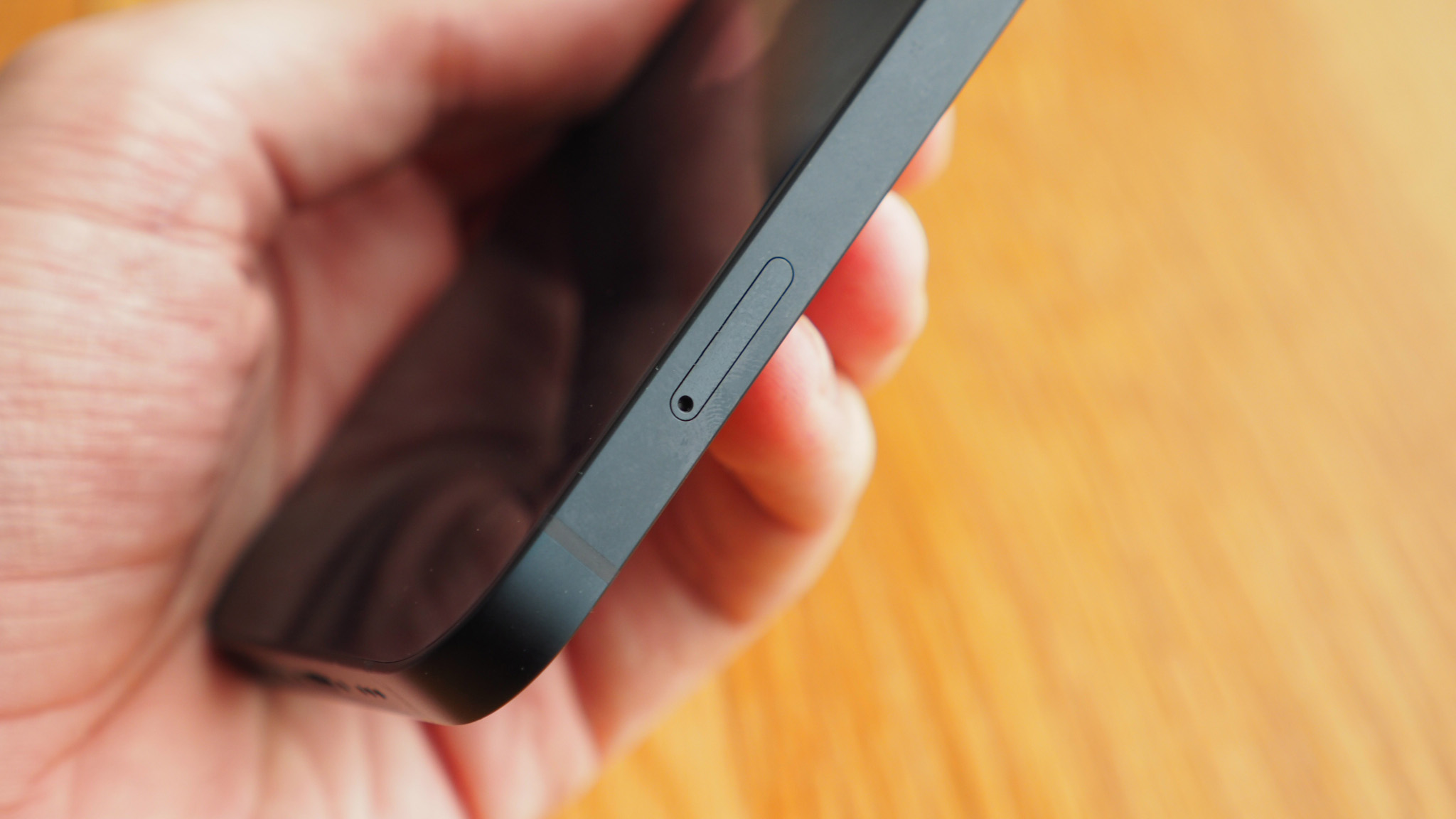
Despite appearing the same as the iPhone 13, the iPhone 14 does bring some new kit to the game: there's an Emergency SOS satellite calling system (which is free for two years, there's a subscription thereafter – but Apple won't (yet) say how much extra that's going to cost), plus a Crash Detection feature that uses not only algorithms but an updated gyro and accelerometer to, as the name suggests, automatically detect if you're in a serious crash/accident and be able to alert the relevant authorities.
The last core part of the 'newness' puzzle is the iPhone 14's cameras: the new sensors on the rear are still 12-megapixels apiece, but the main can autofocus across 100 per cent of its breadth, while the main aperture gets a little wider (now f/1.5 rather than f/1.6). The way Deep Fusion processing is applied is also at an earlier stage in the pipeline to retain more quality without compression. Small, behind-the-scenes changes, ultimately. The way the camera acts in use feels much the same though.
iPhone 14 review: Design and display

As I've hit on above: the iPhone 14 is really a carbon copy of the iPhone 13. It's the same size and weight (well, it's a single gram lighter, not that you'll notice) and features the same 6.1-inch display with a notch top and centre.
I think it's a bit of a shame Apple hasn't pushed to advance the iPhone 14's screen with some additional features though. Principal on that wishlist would be ProMotion to up the refresh rate, as the iPhone 14 is 60Hz only, not the adaptive 120Hz of the Pro and Pro Max models. That shift in fluidity would make for greater smoothness. It's clearly no deal-breaker that it's absent though.
Besides, who am I kidding, the iPhone 14's display just looks great. Yes, there are higher-spec displays out there in pretty much every regard, but that doesn't always translate to an actually better resulting image. There's just something very natural about the presentation of image on this Super Retina XDR OLED panel.
That's because it still supports features such as P3 wide colour gamut and True Tone, plus there’s Dolby Vision HD so the display can boost its maximum brightness to an almost TV-beating 1,200 nits when watching HDR movies (that's peak rather than sustained though).
If I had a crystal ball I'd predict this will be the final iPhone series to feature a notch. I suspect the whole series from iPhone 15 onwards will go full-on with Dynamic Island, moving the notch away from the top edge and, well, placing it within the screen instead. Apple is the only brand I've seen really explore integrating software animations with that cut-out area (as per the iPhone 14 Pro and Pro Max) to make for something much more interactive and interesting.
iPhone 14 review: performance and battery

The iPhone 14 is powered by Apple's, um, not-newest processor. That's right, you probably weren't expecting that. Rather than go A16 Bionic, it's A15 Bionic as per the last generation. Do I think that matters? Not one bit. We've been spoiled by how epic processors have become and in my week of using the iPhone 14 for all manner of things it's never stuttered, stalled or hiccuped. A new processor and higher price would actually be less appealing to me.
Although not an iPhone 14 exclusive, I do also find iOS 16's updated customisation options really welcome too: the Lock Screen's new options, in particular, are great. However, this 'baby' iPhone model doesn't get the always-on display of its Pro and Pro Max cousins, which is more of a shame than I initially realised.
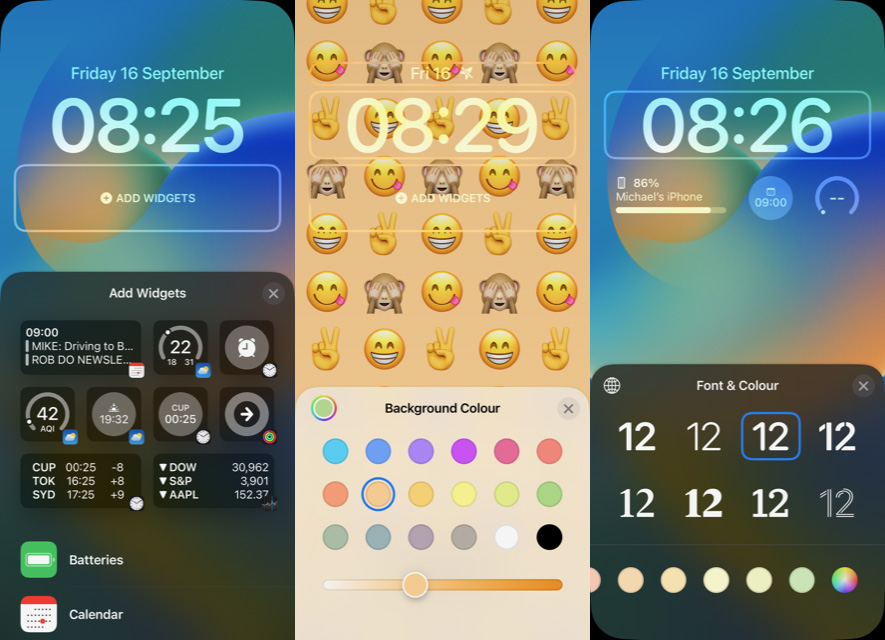
However, the absence of features such as always-on and ProMotion all benefit the longevity per charge. Despite featuring only a 3,279mAh cell (that's a small capacity by any flagship phone standard these days) the iPhone 14 lasts and then some. I've been easily crunching through a full day of 16 hours with it reaching around the 40 per cent mark. I performed a generic video streaming test one day over the weekend and you'll be able to eke out close to the full 16 hours of display time. That's mighty impressive stuff. All from a handset that ever seems to break a sweat or get hot in the hand.
I also must give a shout-out to the iPhone 14's very capable sound: the built-in stereo speakers are rich, well separated and deliver a bolder output than you'll find from many an Android phone competitor. Not that I spend especially extended periods of time using said speakers, but for a bit of personal time gaming or for calls on speaker it's a useful feature to have.
iPhone 14 review: Cameras
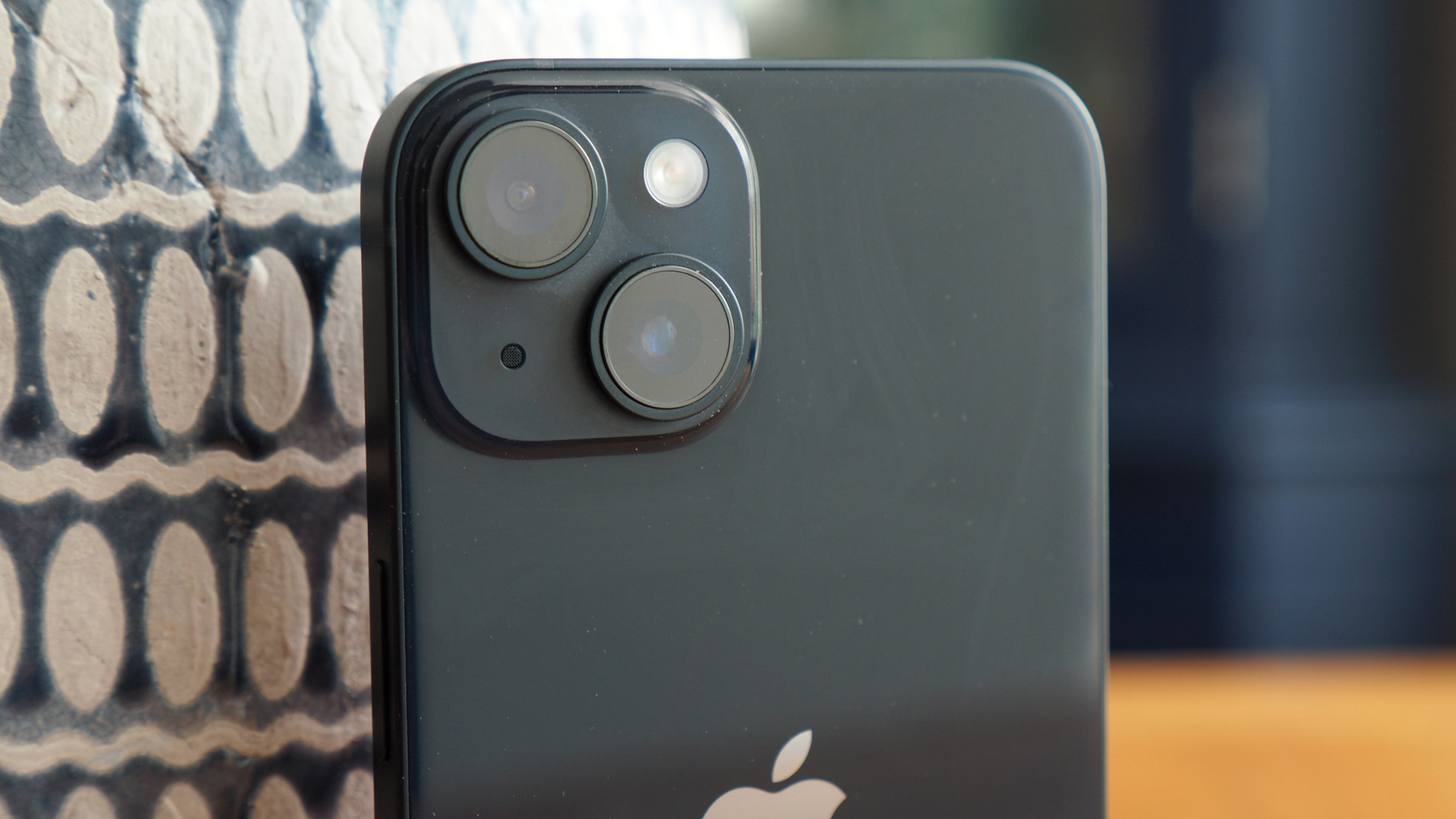
While Apple has boosted the cameras in all iPhone 14 models, the entry model doesn't get a giant boost in this department. I wouldn't take that as bad news though, as the iPhone 14 is highly capable when it comes to easy point-and-shoot photography. Indeed, this has been the series' strength for years now, and it's only gotten better over time.
The iPhone 14 has two rear cameras, both of which are 12-megapixel in resolution. As said up top, both have new sensors compared to the earlier iPhone 13 (well, not the iPhone 13 Pro, as that's the exact sensor now on hand), while the main sensor gets a slightly wider aperture. Now this doesn't add up to a groundbreaking difference generation on generation, but it does open the door for mild improvements in results, if you were to pixel peep looking explicitly for image noise patterns.

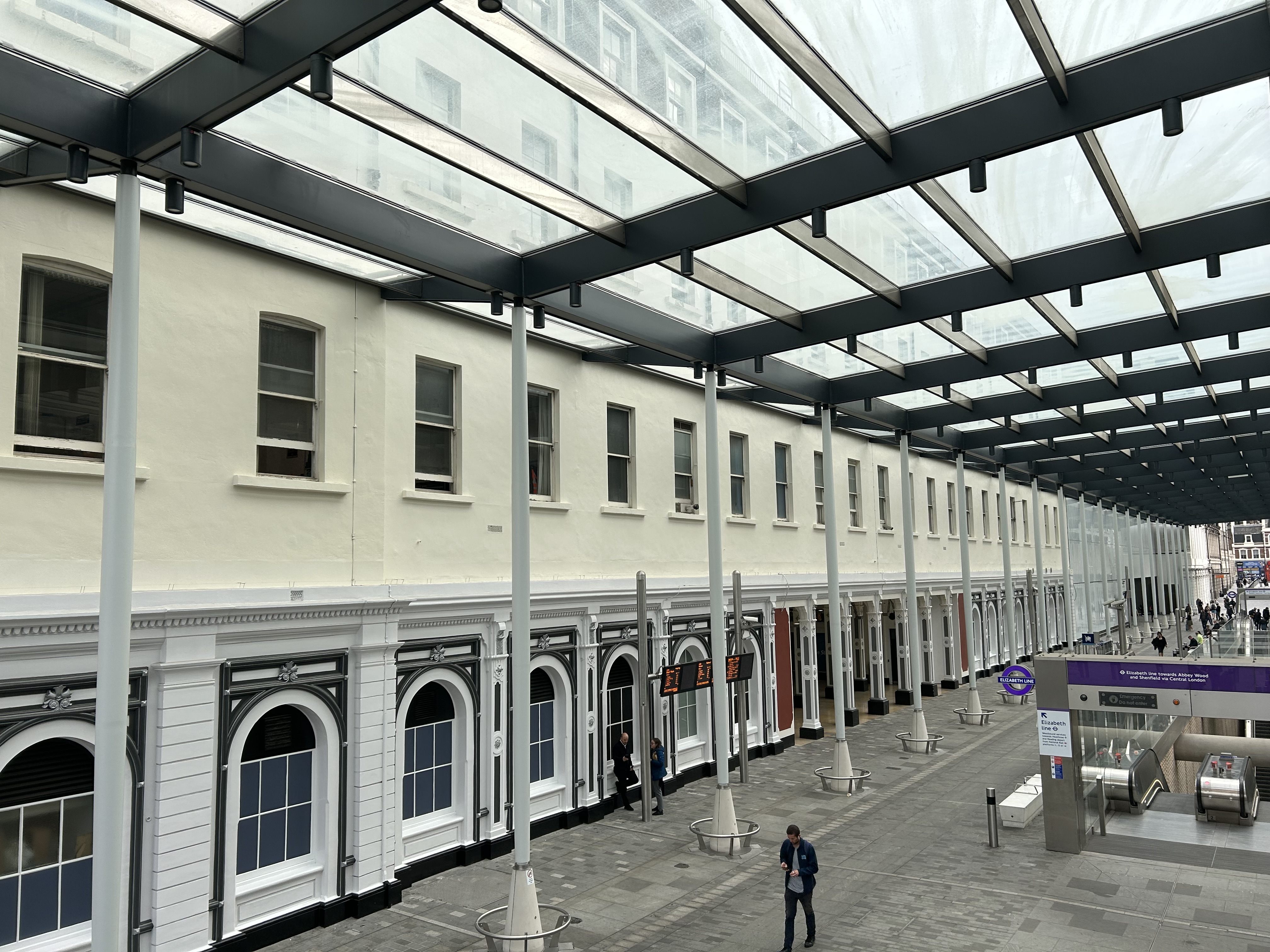



Most people aren't going to peel back the layers with the images they can capture with the iPhone 14 though. All I really need to relay is that it's plenty capable without the need to intervene after the fact; simply point, shoot, let Apple's processing do its thing, and you'll get nicely balanced images whether shooting with the main or wide-angle lens.
Unlike the higher-spec iPhones in the range, however, the iPhone 14 doesn't feature a zoom lens. You'll find that 3x optic in the Pro and Pro Max handsets, which I think is a really useful zoom to have available.
When it comes to video the iPhone 14 can shoot up to 4K video, including the Cinematic mode (as detailed extensively in T3's iPhone 13 review) which also supports 30 frames per second at that resolution. There's also a new Action Mode in Video capture (towards the top/bottom left in the app, the symbol of the running person) designed to remove shake from action videos. It's surprisingly effective at ironing out, say, the motion from walking, which is achieved by dynamically cropping into the frame for super-smooth results.
Action Mode is another example of what Apple does so well: introduces simple, practical new modes that don't overcomplicate things and are effective in their results. I would still prefer a zoom lens, sure, but in the absence of any revelationary new cameras or optics, I still think the iPhone 14 nails the photography basics.
iPhone 14 review: Verdict

You might think of the iPhone 14 as the honorary 'iPhone 13S', as the upgrades over its predecessor – while certainly welcome – aren't major by any means.
That said, with shiny new iOS 16 software on board, a reliable and familiar build, and pretty much everything in its right place from cameras to battery life, this smaller-screen iPhone is still mighty attractive.
However, I suspect many will be more smitten by the prospect of the iPhone 14 Pro, because while its screen is the same 6.1-inch size it features better technologies and more brightness, plus there are greater advances in its cameras. But if you're non-plussed about such features then the iPhone 14 will be your ideal Apple handset.
Also consider
Got more cash to spare? Want a more powerful iPhone with better screen, Dynamic Island, and improved cameras? Yeah, I would too. The iPhone 14 Pro is an upgrade in every way and, for my money, the best iPhone 14 model to go for.
Want bigger than that? Take a look at the iPhone 14 Pro Max instead then. Its 6.7-inch screen makes it larger still, while delivering all the feature upgrades of the Pro model.
If you want to go on a total tangent, however, spend a lot less and go with an Android device then I'd suggest taking a look at the Google Pixel 6a. On paper this might not sound comparable to Apple's flagship, but having used both phones extensively I find them closer aligned than you might expect.

Mike is T3's Tech Editor. He's been writing about consumer technology for 15 years and his beat covers phones – of which he's seen hundreds of handsets over the years – laptops, gaming, TV & audio, and more. There's little consumer tech he's not had a hand at trying, and with extensive commissioning and editing experience, he knows the industry inside out. As the former Reviews Editor at Pocket-lint for 10 years where he furthered his knowledge and expertise, whilst writing about literally thousands of products, he's also provided work for publications such as Wired, The Guardian, Metro, and more.
